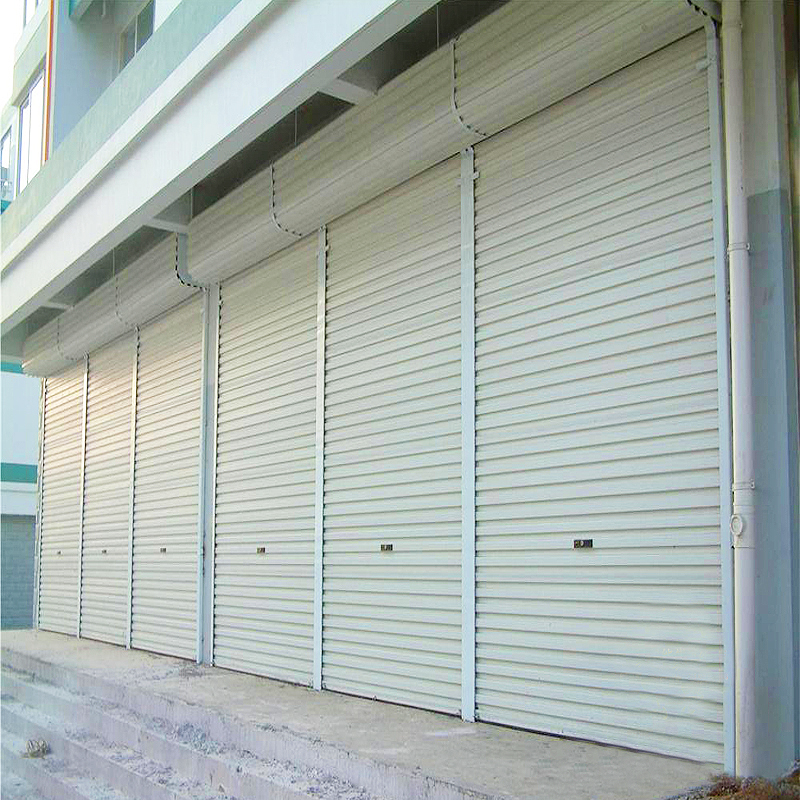Sliding doors are a beautiful addition to any home. They allow natural light to flood into your space and provide easy access to the outdoors. However, without proper weatherproofing, sliding doors can also lead to energy inefficiencies, drafts, and water damage.
In this guide, we’ll discuss the importance of weatherproofing your sliding doors and give you practical tips on how to ensure your sliding doors are properly sealed and protected from the elements.
Why Weatherproof Sliding Doors?
Weatherproofing your sliding doors is crucial for a number of reasons. First and foremost, it will help maintain your home’s energy efficiency. A poorly sealed sliding door can cause heat loss in the winter and cold air to escape in the summer, resulting in higher energy bills.
Additionally, proper weatherproofing can prevent drafts, which can make your home feel uncomfortable and cause inconsistent temperatures throughout your living space. It also protects your home from water damage, as a poorly sealed sliding door can allow water to seep in during a rainstorm, potentially causing damage to your floors and walls.
In addition to the practical benefits, properly weatherproofing your sliding door can extend the life of the door and its components, saving money on repairs and replacements in the long run.
Here are some tips to help you effectively weatherproof your sliding doors:
1. Check and seal door frames
The first step in weatherproofing your sliding door is to thoroughly inspect the door frame for any gaps, cracks, or other signs of wear. Pay close attention to the area where the door meets the door frame, as this is a common area for air and water leaks.
Once you’ve identified any areas that need attention, use a high-quality silicone or rubber sealant to fill any gaps or cracks. These sealants are flexible and will move with the door’s natural expansion and contraction, ensuring a long-lasting seal.
2. Install weatherstripping
Weatherstripping is an effective way to seal any potential gaps between your sliding door and door frame. There are many types of weatherstripping available, including adhesive-backed foam, vinyl, and metal strips.
Choose a weatherstripping material that fits the size and style of your sliding door, then carefully install it along the edge where the door meets the frame. This will provide an extra layer of protection against drafts and water penetration.
3. Use a draft stopper
Draft stoppers are a simple and inexpensive solution for preventing drafts from entering your home through the bottom of your sliding door. These plugs are essentially long, thin pillows placed along the bottom edge of the door to create a barrier against cold air and moisture.
4. Consider installing a door sweep
If your sliding door is particularly susceptible to drafts, consider installing a door sweep along the bottom edge of the door. A door sweep is a strip of metal or plastic that attaches to the bottom of the door and creates a tight seal over the threshold, preventing air and water from seeping in.
5. Ensure proper insulation
In addition to sealing any gaps and drafts, it’s also important to ensure your sliding doors are properly insulated. If your sliding door is older or poorly insulated, consider adding extra insulation to the glass or purchasing insulated curtains to help regulate the temperature in your home.
6. Maintain your sliding doors
Regular maintenance of your sliding door is essential to ensure it remains properly sealed and protected from the elements. Keep the tracks clean and free of debris, lubricate the rollers and tracks as needed, and check for any signs of wear that need attention.
By following these simple tips, you can effectively weatherproof your sliding doors and enjoy a more comfortable, energy-efficient, and protected home. Taking the time to properly seal and insulate your sliding doors will not only save you energy bills and repair costs, but it will also help create a more sustainable and comfortable living environment for you and your family.
All in all, weatherproofing your sliding doors is an important step in maintaining your home’s comfort and energy efficiency. By thoroughly inspecting your door frames, sealing any gaps, and ensuring proper insulation, you can protect your home from drafts, water damage, and energy loss. So take the time to properly weatherproof your sliding doors – your home and wallet will thank you!
Post time: Dec-22-2023

